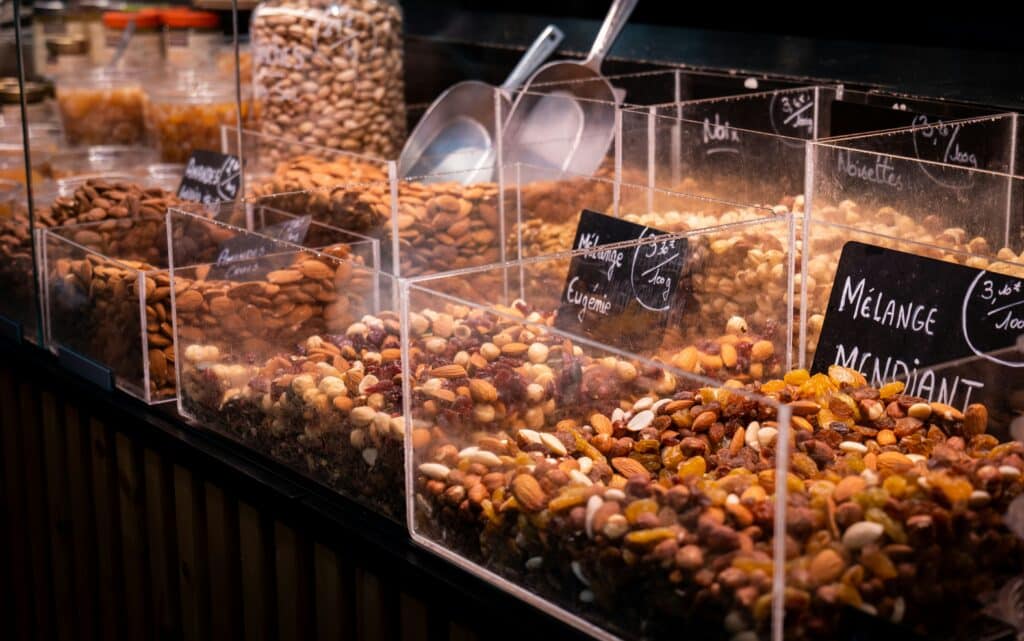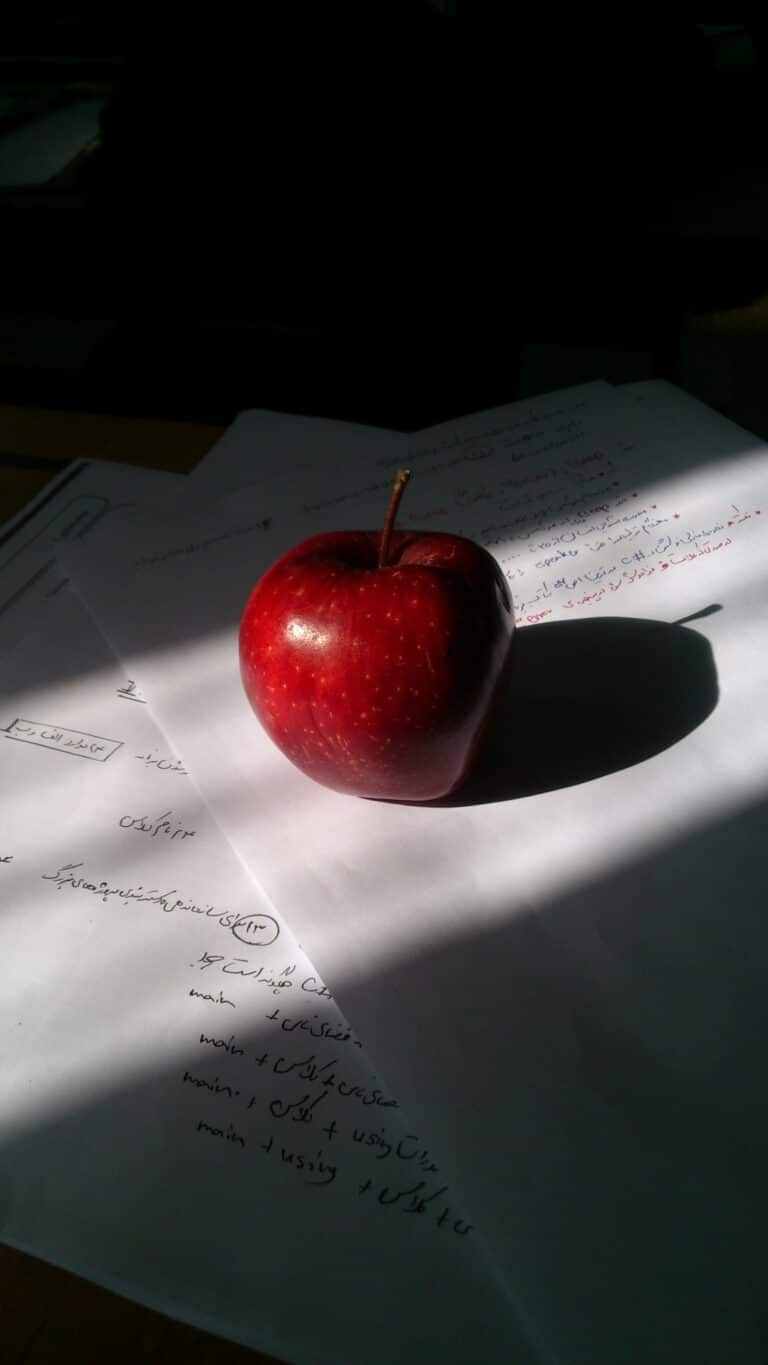Today, we are focusing on a highly impactful, yet often overlooked area: eco-friendly school lunch solutions. 🍏🥪

In the quest for sustainable living and minimizing our carbon footprint, school cafeterias play a pivotal role. They are a melting pot of activity, churning out hundreds, if not thousands, of meals a day. However, with a growing understanding of the environmental toll of our actions, schools across the globe are now adopting green practices. From reducing waste to sourcing locally produced food, these ‘eco-friendly’ solutions are not only beneficial for our planet, but they can also power up productivity in a way that is cost-efficient and health-conscious. 🌍💡
This article will delve into the multifaceted benefits of eco-friendly school lunch solutions and demonstrate how implementing them can boost productivity and efficiency in school cafeterias. A smorgasbord of ideas, techniques and real-world examples await you. So buckle up and let’s dive right in!
A Peek Into What’s In Store
Throughout the course of this in-depth article, we will be exploring a myriad of green ideas and techniques that can be seamlessly incorporated into school lunch programs. 💼📚
We will commence by taking a look at the current scenario, examining the ecological footprint of typical school cafeterias and elucidating why a shift to eco-friendly practices is needed now more than ever. 🏫🌱
Next, we will unearth the multiple advantages of eco-friendly school lunch solutions. In addition to the obvious environmental benefits, we will also discuss how these practices can enhance operational efficiency, reduce costs, and contribute to the overall health and wellbeing of students. 🎯👫
Armed with this understanding, we will dive into practical ways to implement green ideas in school lunch programs. From eliminating single-use plastics to introducing composting, and from sourcing local produce to employing energy-saving appliances, we will leave no stone unturned. 🚀🌿
We will conclude with case studies of schools that have successfully embraced eco-friendly practices in their cafeterias. These real-world examples will serve as a testament to the feasibility and effectiveness of our proposed solutions. 💪🎓
Whether you are a school administrator, a cafeteria manager, or a parent, this article will equip you with valuable insights and tangible steps to ‘go green’ and optimize productivity in school cafeterias. An eco-friendly school lunch solution is not just a ‘nice to have’, but a ‘must-have’ in our collective pursuit of sustainability. Let’s gear up to make a difference, one school lunch at a time! 🌎👍
Revolutionizing School Lunch: Go Green, Go Productive
In today’s fast-paced world, it’s more important than ever to find ways to optimize productivity in every aspect of life, including the seemingly mundane task of packing school lunches. Yet, many of us fail to realize how the way we prepare and consume food can have a profound impact on our efficiency, health, and the environment. This article explores how we can power up productivity with eco-friendly school lunch solutions, focusing on green ideas and techniques.
Are you ready to level up your school lunch game while taking care of the planet? Let’s delve right in! To assist in visualizing the comparison between conventional and eco-friendly lunch solutions, check out the table below:
| Conventional Lunch Solutions | Eco-Friendly Lunch Solutions | |
|---|---|---|
| Materials | Plastic containers, disposable cutlery | Reusable containers, compostable cutlery |
| Food Packaging | Single-use plastic wraps, bags | Reusable wraps, cloth bags |
| Waste Production | High | Minimal |
| Cost Over Time | High (recurring cost of disposable items) | Low (one-time purchase of durable items) |
Investing in Reusable Lunch Gear
The first step towards an eco-friendly and productive lunch system is to invest in reusable lunch gear. While the upfront cost may be slightly higher, in the long run, you’ll be saving money that would have been spent on endless supplies of disposable items. A study by ReuseThisBag.com revealed that an average family spends $400 annually on disposable containers, bags, and utensils. In contrast, the one-time purchase of reusable items like bento boxes, cloth bags, and stainless-steel cutlery is not only cost-effective but also helps to reduce waste.
In addition, using durable lunch gear can also save you time. Instead of constantly having to buy and dispose of lunch items, you simply need to clean and reuse them. To gain a better understanding of how to use reusable lunch gear, watch the following video: “How to pack a zero waste lunch” by Exploring Alternatives on YouTube.
What’s more, reusable items are generally safer for our health. Many disposable plastic items contain harmful chemicals that can leach into our food, whereas reusable items are typically made of safe materials like glass, stainless steel, and BPA-free plastic.
Opting for Whole Foods Over Processed Foods
The type of food we pack in our lunches also plays a critical role in productivity and environmental impact. Opting for whole foods over processed ones is not only healthier but can also boost efficiency and promote sustainability. Whole foods like fruits, vegetables, and whole grains are packed with essential nutrients that provide steady energy, keeping us focused and productive throughout the day. They also tend to have less packaging than processed foods, which leads to less waste.
Packing your own whole food lunches also gives you control over portion sizes, reducing food waste. According to the Food and Agriculture Organization of the United Nations, roughly one-third of the food produced in the world for human consumption every year gets lost or wasted. By preparing your own lunches, you can ensure that no food goes to waste.
For inspiration on how to create delicious and nutritious whole food lunches, check out the video “Easy & Healthy Lunch Ideas” by Pick Up Limes on YouTube. She shares simple, plant-based recipes that are perfect for packed lunches.
Composting Food Waste
While our goal should always be to minimize food waste, sometimes it’s inevitable. In such cases, composting is an excellent way to turn waste into a valuable resource. Composting not only reduces the amount of waste sent to landfills but also creates nutrient-rich soil that can be used to grow more food. It’s a perfect example of a green and productive solution!
If you’re new to composting, don’t worry – it’s easier than you might think. You can start by collecting food scraps like fruit and vegetable peels, coffee grounds, and eggshells in a compost bin. Avoid meat, dairy, and oily foods as they can attract pests. Once the compost pile is established, it will need to be turned every few weeks to help it decompose.
For a comprehensive guide on composting, check out the video “Composting 101: How to Compost at Home” by Goodful on YouTube. Remember, every little bit helps when it comes to reducing waste and creating a more sustainable future.
Final Thoughts
By adopting eco-friendly lunch practices, we not only contribute to a healthier environment but also enhance our productivity. Reusable lunch gear, whole foods, and composting food waste are three simple yet effective strategies that can make a big difference. As you make these changes, remember that it’s not about perfection but progress. So start small and gradually incorporate more green practices into your lunch routine. Together, we can make a difference, one lunch at a time!
Conclusion
In conclusion, I want to emphasize on the importance of understanding the depth of the topics we have discussed in this comprehensive article. We have delved into the intricate world of software engineering and technical writing, providing insights and details into the myriad aspects of these complex fields.
As we discussed, software engineering is a dynamic field that requires not just technical expertise, but also keen attention to detail, problem-solving skills and creativity. We examined the different methodologies and techniques involved in the development and maintenance of software systems, emphasizing on their relevance and importance in the rapidly changing tech world.
Moreover, the significance of technical writing was also brought to light. Being able to articulate complex technological concepts in a manner that is easily understood is a skill that holds immense value. This skill not only makes complex information more accessible, but also aids in bridging the gap between technology and its users.
In fact, the intersection of software engineering and technical writing presents a powerful combination, one that can potentially revolutionize the way we approach technology. The ability to create software systems is as important as the ability to explain them. This is where the role of a technical writer comes in, explaining complex software systems in a way that even a layman can understand.
But learning and understanding is a continuous journey, and this article is just the beginning. To delve deeper into the fascinating worlds of software engineering and technical writing, I highly recommend exploring the myriad resources available online. For instance, this comprehensive guide on [software engineering](https://www.ibm.com/cloud/learn/software-engineering) by IBM, or this insightful article on [technical writing](https://www.techsmith.com/blog/technical-writing/) by TechSmith, provide valuable insights and details.
Don’t forget to keep the dialogue going. I encourage you to share your thoughts, experiences and insights on the topics we have discussed. Feel free to share this article on your social media platforms, or with anyone you think might benefit from it. And if you have any questions or need further clarification on anything we have discussed, don’t hesitate to leave a comment.
Lastly, remember that knowledge is most beneficial when applied. So, don’t just read and understand – apply what you have learnt. Whether it’s exploring a new software engineering technique, or trying your hand at technical writing, every bit of practical application counts.
Stay curious, stay inspired, and keep learning. The world of technology waits for no one, and the more you know, the more empowered you will be to navigate it. 😊
References:
1. IBM. (n.d.). What is Software Engineering? IBM Cloud. Retrieved from https://www.ibm.com/cloud/learn/software-engineering
2. TechSmith. (n.d.). What is Technical Writing? TechSmith. Retrieved from https://www.techsmith.com/blog/technical-writing/
3. Your Name. (Year). Title of the Article. Publisher. Retrieved from URL.



